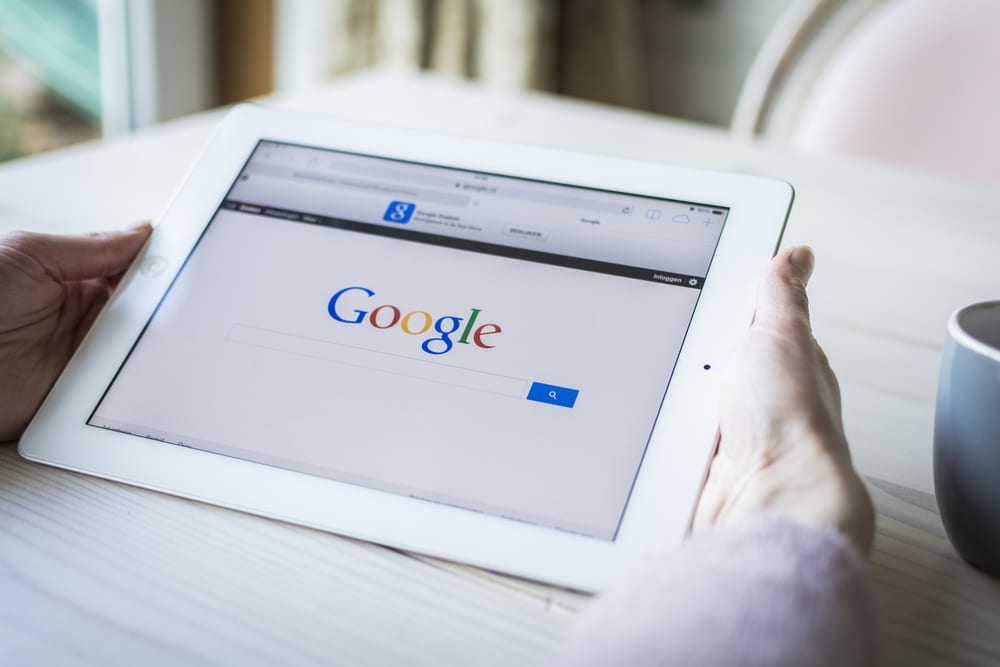True search is all about converting your aims into actions. But things have changed. No more do users type in a query and the online site returns with ten links to accomplish their goal. People always want more.
Keeping such desires in mind, Google AdWords introduced Google shopping campaigns for ‘better product discovery experience’. Google believes that establishing a strong commercial relationship with the online merchants will encourage them to keep their product information fresh and updated – whether it is about latest offers, precise prices, or product availability. With new Google Shopping being introduced for users, eCommerce merchants can create higher quality traffic for their online stores.
Previously, the Google Shopping campaign for Product Listing Ads (PLAs) allows you to include images, business name, and promotional messages without the need for creating exclusive ads for each of your product. PLAs show a set of relevant products for each given search. It uses the product feed, which contains the details about the products, to decide how and where to showcase your ads. The merchants compare the information of the product feeds with the customer’s search on Google Search. And Google accordingly shows the relevant products, along with the associated product names, images, and prices.
However, the new Google Shopping campaign helps to streamline how you:
- Manage and bid on your products
- Measure your performance
- Plan to grow your traffic from Google
To make a difference for your online store, you should pay attention to this new campaign to enhance their performances.
What’s new with Google Shopping?
The new PLA structure
Instead of creating ad groups for each product, advertisers can create Product Groups. However, to use the new Google Shopping PLA structure, it is important that you first choose your campaign structure before creating product groups. The initial product group breakout is crucial, as every product group is a subset of the previous group. The important part of the new PLA structure is that, all product groups are segmented. Hence, the order in which you choose the initial product group is critical.
The three new features of Google shopping campaigns:
- Google Shopping campaign options help you to create a campaign from scratch or use PLA campaigns to help you keep things consistent including negative keywords, content or product targets
- Multiple ad groups can now be created easily
- Bid stimulator helps you to estimate how bid changes will affect your costs, clicks and impressions
How does it benefit your online business?
Manage Your Product Groups Prudently
The new structure for PLAs is designed to make it easier for the advertisers to manage it. However, there are significant changes as to how product ads are created in AdWords. Advertisers can now use labels from their product feeds to create product groups based on the attributes of your offerings. Besides, they can also create product ad groups using the AdWords for product attributes. However, with this new format, this product attribute is no longer required to manage PLAs. To organize your inventory into product groups, this particular feature is replaced by Product Group and several other classes, including:
- Brand
- Product Type
- Custom Labels
- Condition
- Item ID
- Category
However, do not make the mistake of:
- Being unaware of product bid overlap
- Creating ad groups for every product
- Not leveraging bids to maximize product exposure
Evaluate Your Product Performance
The new shopping campaigns enable you to view your performance by product attributes. The performance metrics are allied with each item and not with the product group. It also helps you filter and segment data by product attributes. For instance, you will be able to see which Clothing and Accessories categories are driving the maximum clicks without breaking the clothing category into a separate product group.
The Optimum Utilization of Custom Labels
Shopping campaigns now use custom labels instead of AdWords labels. This new change helps you to subdivide your products in a campaign and create five separate custom labels for every product.
Gain an Insight into the Competitive Landscape
You have benchmark metrics under the Product Groups tab to compare the click-through rate, PLA impression, and cost per click with the competitors. All the performance data are anonymous, as the competitive performance data are aggregated and averaged. In addition, you will find the impression share metrics to understand how insufficient bids and budgets can cause business loss. To add to the list, bid stimulator will help you evaluate the amount of impressions you receive on adjusting your bid.
With over 1 billion products on Google Shopping, it is likely to be a unique method for your advertising campaigns.
Images: “HILVERSUM, NETHERLANDS – JANUARY 31, 2014: Google is an American multinational corporation specializing in Internet-related services and products. Most of its profits are derived from AdWords./ Shutterstock.com“
__________________________________________________________________________________
 Connect with Tweak Your Biz:
Connect with Tweak Your Biz:
Would you like to write for Tweak Your Biz?
Tweak Your Biz is an international, business advice community and online publication. Today it is read by over 140,000 business people each month (unique visitors, Google Analytics, December, 2013). See our review of 2013 for more information.
An outstanding title can increase tweets, Facebook Likes, and visitor traffic by 50% or more. Generate great titles for your articles and blog posts with the Tweak Your Biz Title Generator.


 Connect with Tweak Your Biz:
Connect with Tweak Your Biz:


